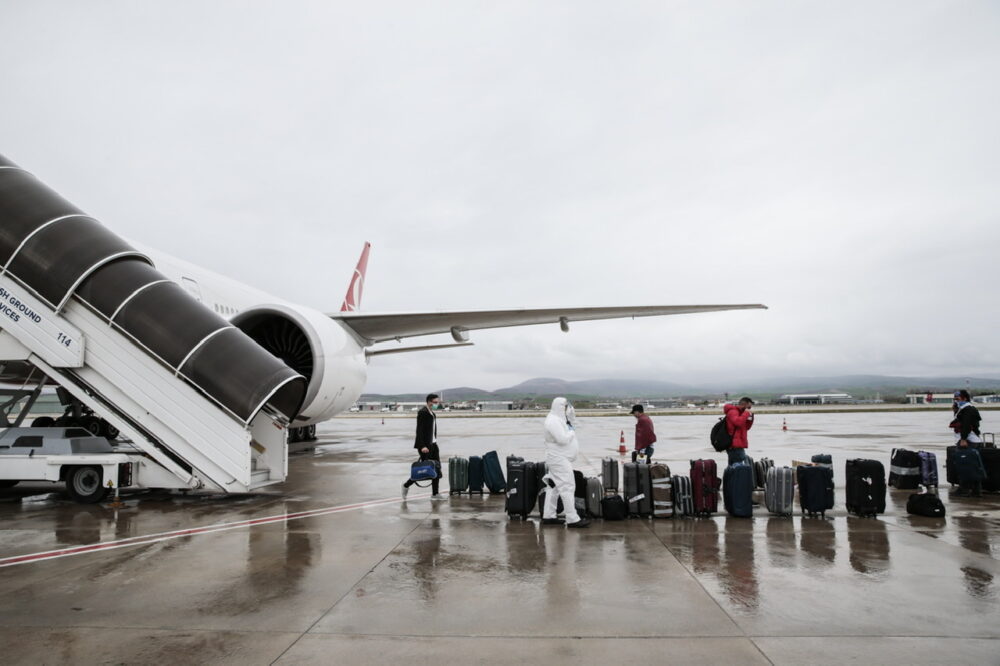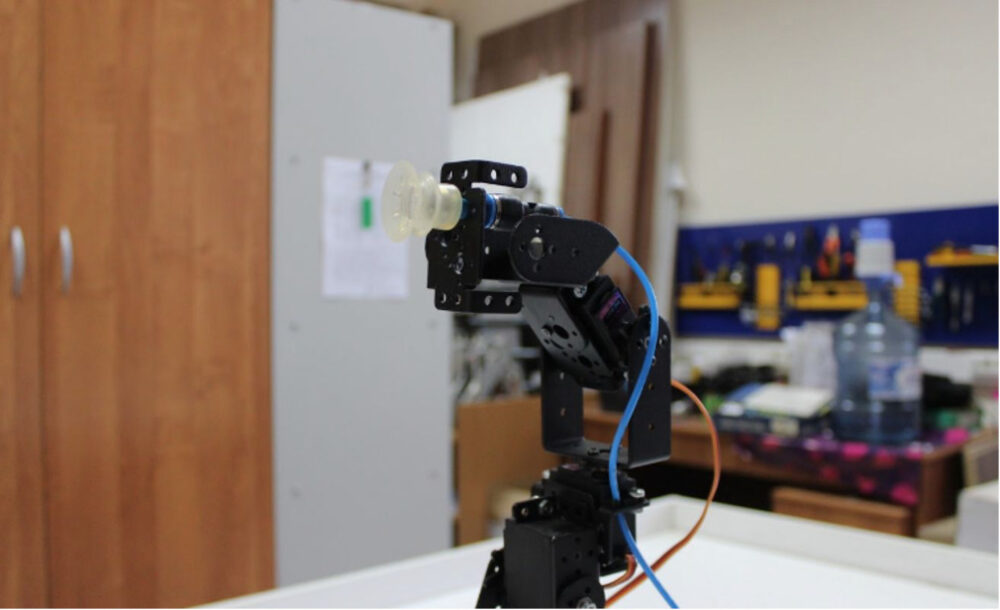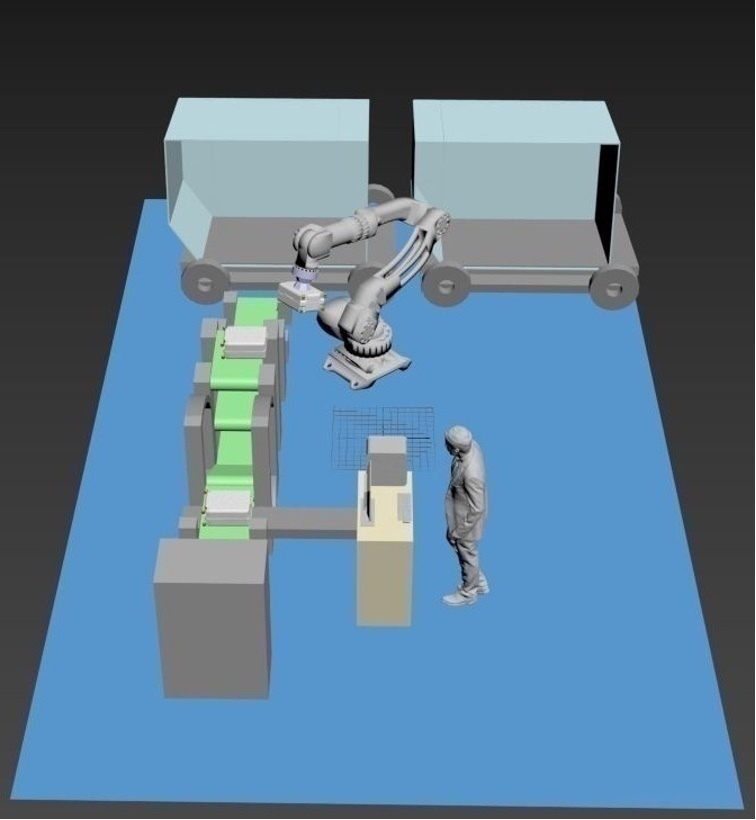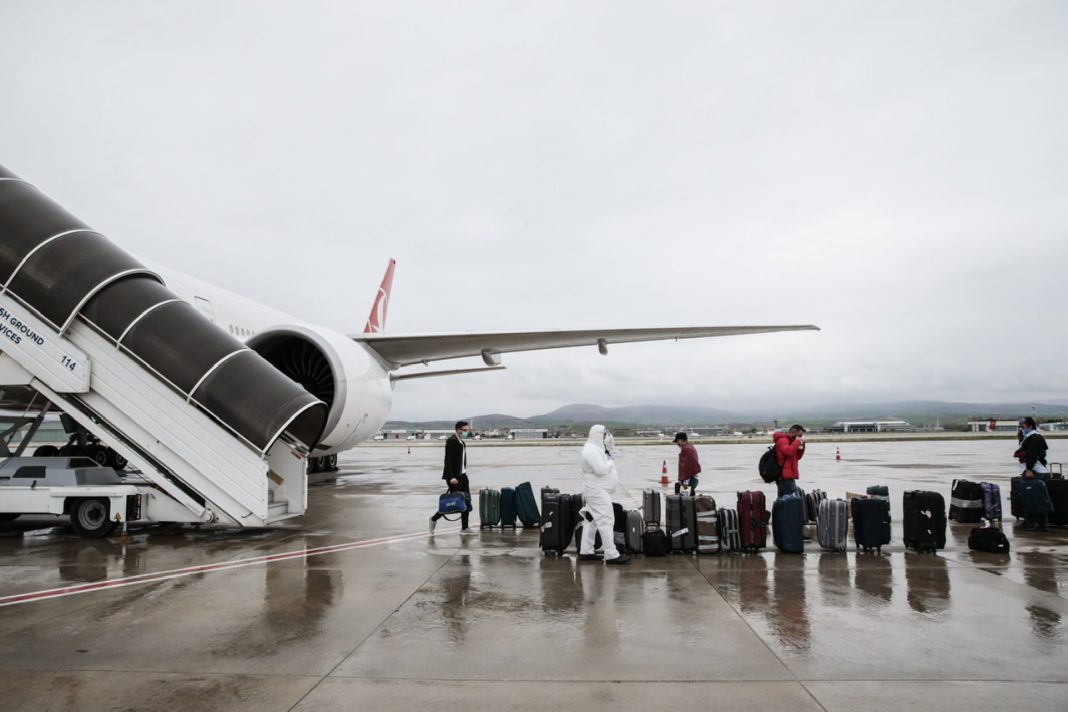Krasnodar International Airport is planning the use of robots to help automate the baggage picking and loading process. This initiative will in turn lessen the chance of human error, minimize loss and damage, and reduce the time required to load and unload aircraft. Simple Flying spoke to the Russian hub’s deputy CEO for operations, Alexei Novikov, about the benefits that would come with this technology.

The key advantages
Krasnodar International joins Anapa and Sochi as part of a broader system called Airports of the South. The leaders behind these sites are keen to develop the three airports with the aim to build a strong aviation hub in the south of Russia that would have the potential to compete with other leading Russian and international hubs. This goal includes digital transformation and innovation.
Along with the reduction of manual processes, these robotics will allow airports to cut costs due to the less chance of risk with loss, damage, and delays. Novikov explained how the robots would work and the power behind them.
“The robot is basically a manipulator hand-fitted with cameras, bar code scanners and other detectors. It is designed to be used with aircraft as well as inside the terminal. The key feature of this robot is that instead of using a mechanical ‘claw’ to grab onto luggage it uses a system of vacuum caps. This minimises potential damage to luggage,” Novikov told Simple Flying.
“The first prototype is capable of lifting up to 42 kg and loading one piece of luggage every 40 seconds, stacking them in a specific order according to the size and form. The robot is also capable of reading bar codes and deciding on where exactly to put luggage.”

Preparing for change
Altogether, Novikov highlights that the use of these robotics across the airport will make traveling smoother, safer, and more comfortable. Moreover, they will also eventually drive up the standards of living, as higher-skilled professionals will earn more.
Notably, there will be some significant changes for workers. However, Novikov shares that some staff will inevitably have to adapt to the changes and gain new skills. Nonetheless, management is happy to support them with that.

A new era
The timeline of the introduction of these robotics will depend on how soon management finds the right partner to streamline the technology and start full-scale production of the robot. Regardless, by 2023, Krasnodar International will have a new terminal that will more than double its capacity. Leadership expects that this southern airport hub will be able to compete with some of Russia’s major hubs with this progress.
Airports are going through significant transformations this decade. Along with biometric initiatives, other technology revolutions across the board are playing a massive part in the new experience for both passengers and staff. Undoubtedly, these systems will work together to provide more efficient processes on the ground.
What are your thoughts about the use of robotics at airports? Do you think this is a good move? Let us know what you think of the prospects in the comment section.
[ad_2]
Source link


